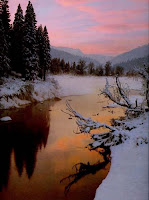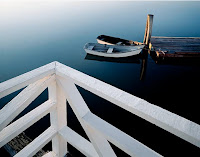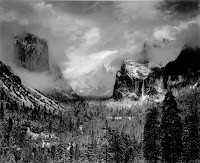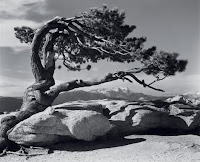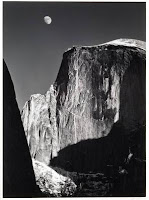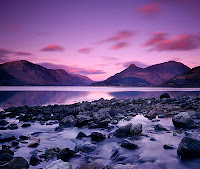-when you take pictures of buildings, towns, cities you create indirect portraits of people who live in them
-architecture photography can be formal or informal
-3 views, the interior, the big view, and detail.
-a quick tip is to use a line to draw the viewers eye.
-look at the vertical and horizontal lines
-observe space around the building and consider its surroundings
-pattern, the repetition of any of the elements of art is usually apart of every image of architecture
-smaller f-stops gives greater depth of field
-use value, the greater the difference in the tones or contrast, the more 3 dimensional the image will look
-differences in tonal values also accentuate texture, which is the tactile quality of a surface.
-texture and value are the most critical
lighting is important in interior architectural photography
-use filters to even out the light
-wide angle lenses are most useful because the wider the area of the building you will catch.
-polarizer is very useful, it can darken images, reduce or eliminate reflections
-most commercial architecture photography rely on the big view, the wide-angle overall view.(usually the whole building)
-perspective distortion appears as strong converging lines in a building, where the sides of the building angle in toward each other instead of looking parallel.
-shooting straight on makes it look flat and 2 dimensional
-shooting with an angle give the image more dimension
-shadows are another great way to capture architecture
-the detail shot features the individuals architectural elements of a building's interior or exterior
-they are indirect photographs
-many details in buildings are above eye level so its better to use a stronger lens
-for interior shots the photographer is always challenged on where to place the camera.
-interior shots look better when everything is usually in focus
-always think about the depth of field in a interior shot
-and use color or black and white film for any architectural aspect.
 This is my interior picture location 3. It is inside the Ferry Building on the Embaradero in San Francisco.
This is my interior picture location 3. It is inside the Ferry Building on the Embaradero in San Francisco. This is my detail picture of location 3. It is the side building of the Ferry Building on the Embarcadero.
This is my detail picture of location 3. It is the side building of the Ferry Building on the Embarcadero. This is my interior picture location 3. It is inside the Ferry Building on the Embaradero in San Francisco.
This is my interior picture location 3. It is inside the Ferry Building on the Embaradero in San Francisco. This is my detail picture of location 3. It is the side building of the Ferry Building on the Embarcadero.
This is my detail picture of location 3. It is the side building of the Ferry Building on the Embarcadero.